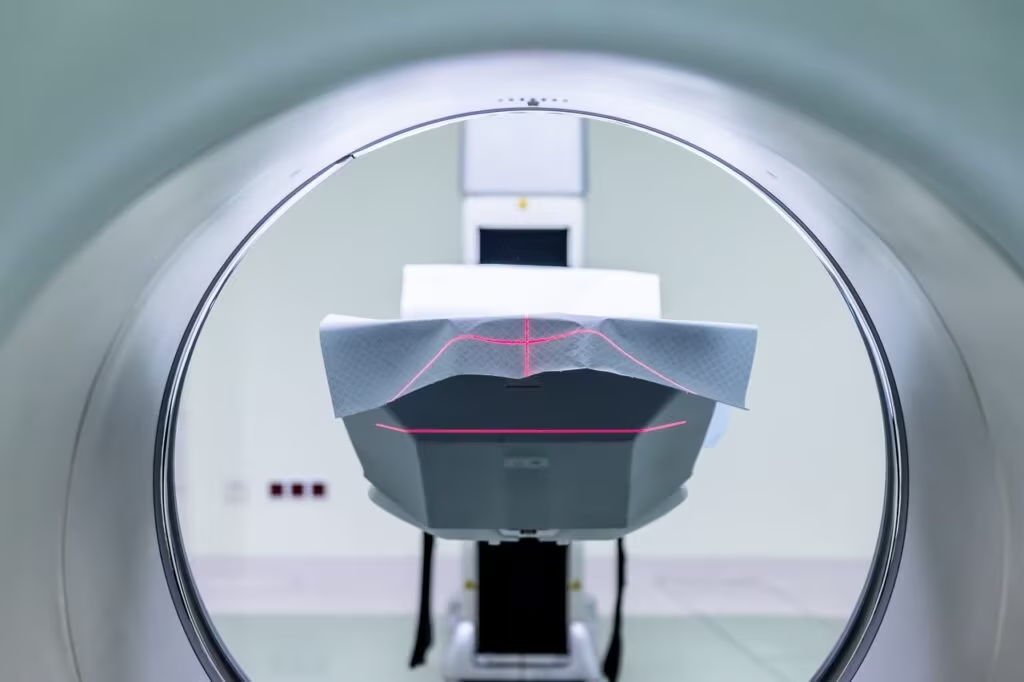The Breakthrough: Decoding the Inner Voice Non-Invasively
In a significant leap forward for neuroscience and artificial intelligence, researchers have successfully developed a non-invasive method to decode and transcribe continuous language—including imagined speech or silent thought—directly from a person’s brain activity. This groundbreaking achievement, primarily associated with work conducted at the University of Texas at Austin, utilizes advanced functional magnetic resonance imaging (fMRI) combined with sophisticated AI language models.
For decades, true mind-reading remained in the realm of science fiction. While invasive brain-computer interfaces (BCIs) have shown promise in decoding motor commands, this new system offers a glimpse into the semantic content of thought without requiring surgical implants.
This technology directly addresses a critical challenge in neurotechnology: translating complex, continuous cognitive processes into understandable language, opening potential new avenues for communication for individuals who have lost the ability to speak.
How the Non-Invasive Decoder Works
Unlike previous systems that relied on surgically implanted electrodes to measure electrical signals (like ECoG), this decoder operates entirely externally, relying on the subtle changes in blood flow detected by fMRI.
The Role of fMRI and Transformer Models
Functional Magnetic Resonance Imaging (fMRI) measures brain activity indirectly by detecting changes in blood oxygenation and flow (known as the BOLD signal). When a specific area of the brain is active—such as the regions responsible for language comprehension and production—it requires more oxygenated blood.

The researchers trained a transformer-based language model—similar to the architecture used in large language models like GPT—to map the complex, delayed fMRI signals to specific linguistic sequences. This process required massive amounts of training data:
- Data Collection: Subjects spent approximately 16 hours inside the fMRI scanner listening to various stories and podcasts.
- Mapping: The AI learned to correlate the patterns of brain activity (the BOLD signals) with the specific words, phrases, and semantic meaning the subject was hearing.
- Decoding: Once trained, the model could predict the sequence of words a subject was hearing or thinking based solely on their real-time fMRI data.
Decoding the Gist, Not Just the Words
Crucially, the decoder does not achieve perfect, word-for-word transcription. Instead, it captures the semantic meaning or the gist of the thought. If a subject heard the phrase, “I got up from the bed and walked to the kitchen,” the decoder might output, “I left the bed and went to the kitchen.” The meaning is preserved, even if the exact vocabulary differs.
In experiments, the system was also successful in decoding two other forms of language:
- Imagined Speech: Subjects were asked to silently imagine telling a story. The decoder could reconstruct the narrative’s content.
- Silent Movie Watching: Subjects watched short, silent films, and the decoder could accurately describe the actions and dialogue implied by the visuals.
“For a non-invasive method, this is a real leap forward compared to what has been done before, which is typically single words or short sentences,” noted the researchers involved in the study. “We are getting at continuous language.”
Limitations and Subject Specificity
While the results are scientifically profound, the technology is currently far from practical, consumer-ready mind-reading. Several significant limitations ensure that mental privacy remains intact for the time being:
1. Extensive Training Required
Each decoder must be meticulously trained on an individual subject using 16 hours of dedicated fMRI data. The model is highly subject-specific; a decoder trained on one person’s brain activity cannot accurately decode the thoughts of another person.
2. Physical Constraints
The technology relies entirely on the fMRI machine, which is large, expensive, and requires the subject to remain perfectly still. This makes real-time, casual use impossible.
3. Cooperation is Mandatory
Researchers found that the decoding only works if the subject is cooperative. If the subject actively resists the decoding process—for instance, by counting numbers or focusing on a different task—the algorithm fails to produce coherent results. This suggests the technology is not capable of forcing transcription of unwilling subjects.

The Ethical Frontier: Implications for Mental Privacy
The ability to decode continuous thought, even with current limitations, immediately raises profound ethical questions regarding mental privacy and autonomy. This research pushes the boundaries of what society considers private and necessitates a proactive discussion about regulatory frameworks.
Potential Applications
The most immediate and beneficial application lies in the medical field, specifically for patients with locked-in syndrome or severe paralysis who have lost the ability to communicate through traditional means. This non-invasive BCI could potentially restore complex communication, allowing them to express detailed thoughts and needs without relying on slow, cumbersome eye-tracking or motor-based systems.
The Right to Cognitive Liberty
Experts and ethicists are already focusing on the concept of cognitive liberty—the fundamental right to mental self-determination. If future, more advanced versions of this technology become more portable or accurate, safeguards must be established to prevent unauthorized access to a person’s inner thoughts.
Key Ethical Considerations:
- Consent: Ensuring explicit, informed consent for any form of neural decoding.
- Security: Developing robust security protocols to prevent hacking or misuse of neural data.
- Legal Protection: Establishing new legal precedents that protect ‘mental privacy’ as a fundamental human right, separate from physical privacy.
This research serves as a clear warning that the technology capable of accessing the contents of the mind is rapidly approaching, demanding immediate ethical and legal preparation.
Key Takeaways
This breakthrough in non-invasive thought transcription represents a monumental step in neurotechnology, but it is defined by specific facts and limitations:
- Non-Invasive Method: The system uses fMRI to measure brain activity, avoiding the need for surgical implants.
- AI-Powered: A transformer-based language model translates the complex brain signals into language.
- Semantic Focus: The decoder captures the gist or meaning of the thought, not necessarily perfect word-for-word accuracy.
- High Barrier to Entry: The system requires 16 hours of training per subject and only works within the confines of an fMRI machine.
- Cooperation Required: Subjects can effectively block the transcription by mentally focusing on other tasks.
- Ethical Urgency: The technology underscores the immediate need for laws and ethical guidelines protecting mental privacy and cognitive liberty.
Conclusion
The ability to decode the semantic content of thought non-invasively marks a historical moment in the convergence of neuroscience and artificial intelligence. While the current technology is cumbersome and requires full cooperation, it validates the core hypothesis: the brain’s language processing centers leave detectable, decodable signatures that can be interpreted by modern AI. The path is now set for future research to miniaturize and refine these decoding methods, bringing us closer to a future where thought itself can be a medium of communication. The challenge for 2025 and beyond is ensuring that technological progress is matched by robust ethical and legal frameworks designed to protect the sanctity of the human mind.
Original author: Frank Landymore
Originally published: November 8, 2025
Editorial note: Our team reviewed and enhanced this coverage with AI-assisted tools and human editing to add helpful context while preserving verified facts and quotations from the original source.
We encourage you to consult the publisher above for the complete report and to reach out if you spot inaccuracies or compliance concerns.

